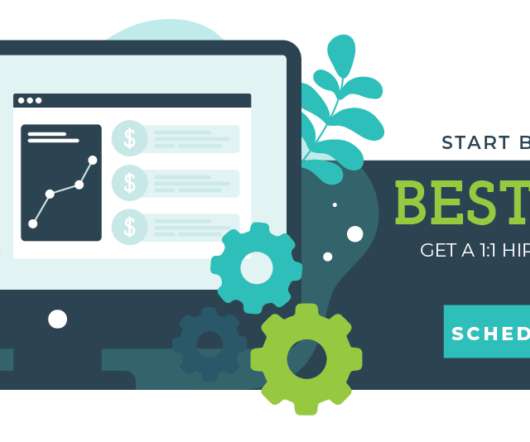#LT13UK: Learning in the UK - and my own support
Strategic HCM
FEBRUARY 21, 2013
Of course, there are some encouraging signs too - for example instructor led training has declined from 77% of hours in 2009 to 53% now. Online learning has increased from 14 to 21%. But this still compares with 34% in the US (though geographic scale has something to do with this too).

























Let's personalize your content